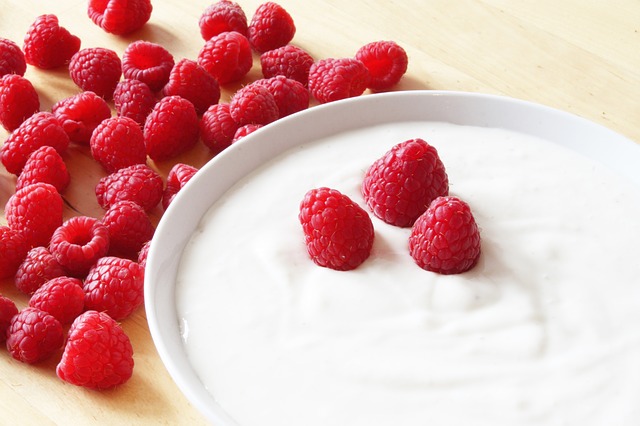13.6 Compiling tables of numerical summary information
Here are some tips for compiling tables of numerical summary information:
- Round numbers appropriately (don’t necessarily use all decimals provided by software).
- Place captions above tables.
- In general, use no vertical lines and very few horizontal lines.
- Align numbers in the table by decimal point when possible, for easier reading.
- Ensure the table allows readers to easily make the important comparisons.

Example 13.12 (Tables for summarising data) Consider a study (Ejtahed et al. 2012) assessing the effects of probiotic and conventional yoghurt on blood glucose and antioxidant status in Type 2 diabetic patients. A randomised controlled trial (i.e. an experiment) collected data from 60 patients.
Compare the two numerical summary tables in Tables 13.6 and 13.7: Table 13.6 makes comparing the two groups easier, but Table 13.7 is the more conventional orientation (for practical purposes: fewer columns).| Yoghurt | Age | Weight (kg) | BMI (kg/m) | Metformin/d | Glibenclamide/d |
|---|---|---|---|---|---|
| Conventional () | |||||
| Probiotic () |
| Variable | Conventional yoghurt () | Probiotic yoghurt () |
|---|---|---|
| Age | 51.00 7.32 | 50.87 7.68 |
| Weight (kg) | 75.42 11.28 | 76.18 10.94 |
| BMI (kg/m2) | 29.14 4.30 | 28.95 3.65 |
| Metformin/d | 2 1.25 | 2 1.25 |
| Glibenclamide/d | 1 1 | 2 2 |